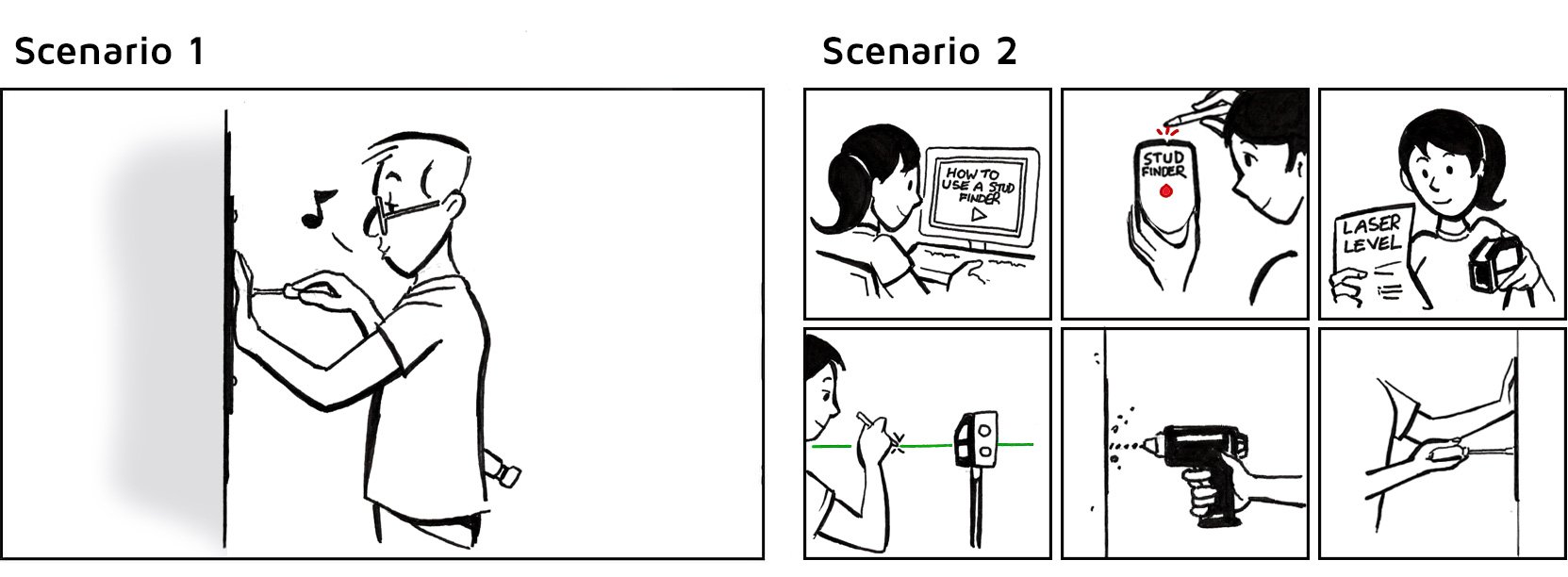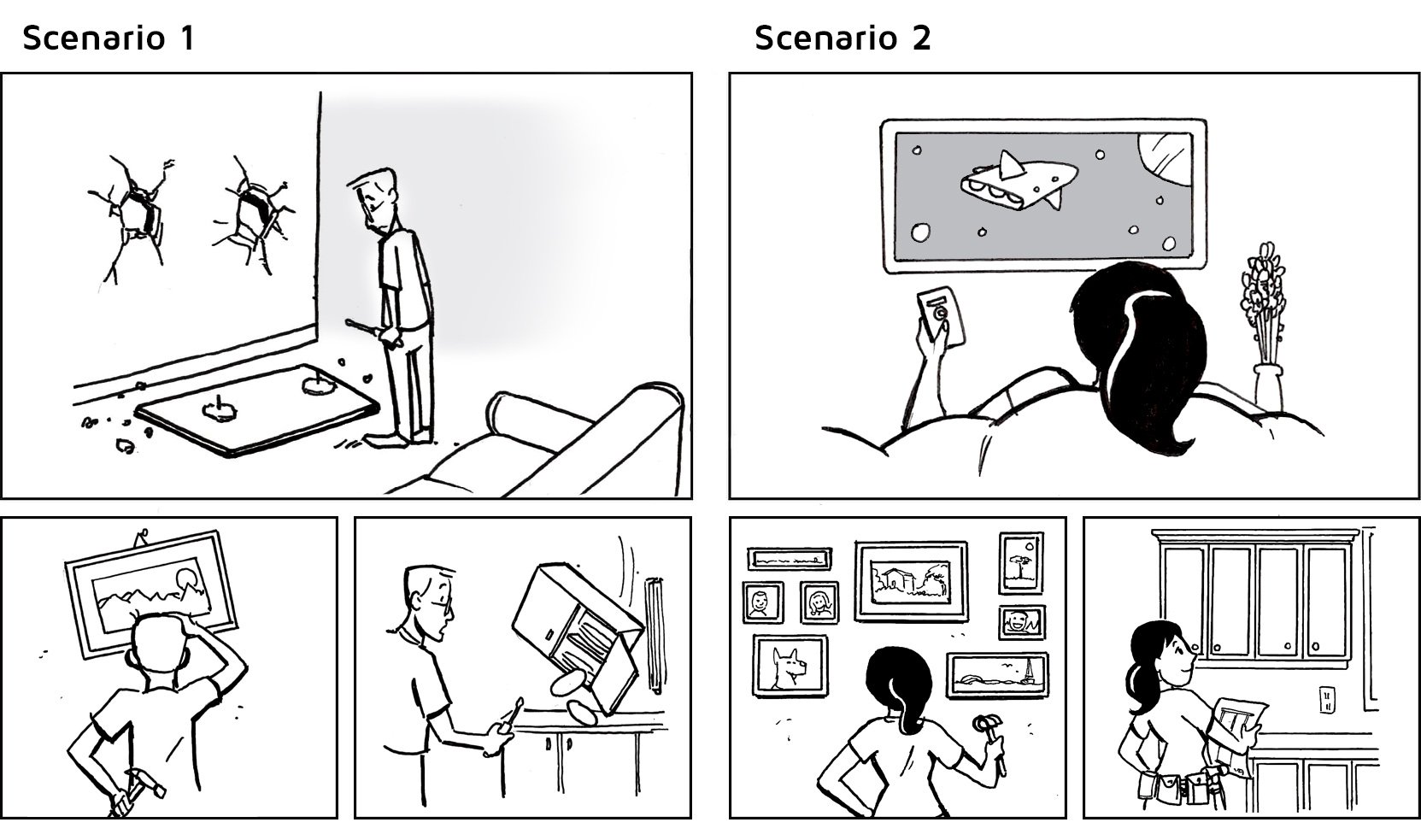For finance and budget professionals, optimizing how we complete our work can save time, mitigate the risk of error and make processes easier to delegate & manage. When improving a process requires new software tools, we recognize a common bias towards "simple" tools.
It often begins with our client making a comment like:
My existing solution is highly manual, time intensive, and has a high risk of error but it is easy/simple/straightforward. This new solution will likely save time and reduce the risk of error, but it seems too complicated.
Initially, this may seem like a wise approach and an easy assessment. However, addressing it fully requires foundational concepts to be thoroughly flushed out. For example, what precisely do you mean when you say simple, easy, and complicated?
An illustrative example
Let's imagine we want to mount a new 60" TV on the living room wall. Let's also assume that we are not home renovation or carpentry experts. We arrange the supplied equipment from the mounting kit we bought on the table and review the instructions.

Scenario 1: We have a very limited toolbox to use in the task. We have a hammer, some screwdrivers, and a tape measure.
Scenario 2: We decide to invest in more tools. We get a laser level, a stud finder, cordless drill, drill & screwdriver bits, and screw anchors, as well as the hammer, screwdrivers, and tape measure we already had.
Scenario 1 seems simpler. There are only three tools, and you already own them. They are basic tools you often use for minor tasks around the house so no learning is necessary.
Scenario 2 is more complicated. It requires you to have:
- the additional tools,
- charged batteries for the laser level and drill (if not charged, we need to wait for them to charge),
- some understanding of home construction:
- Inside the walls are studs that are typically spaced every 16" and that, if you screw into them, they support mounting much heavier objects.
- If you do not mount it into a stud, you will also need to know that you need to use screw anchors, but even then, it may not hold the TV.
- Also, inside the walls are electrical wires and pipes that you must avoid.
- knowledge of how to use the laser level, stud finder and screw anchors.
A more careful review reveals that you need to understand home construction in both scenarios. But if all you have is the simple tool kit, you might (unless you supplemented these tools with an expert's knowledge and experience) overlook the required home construction knowledge. In other words, the simple scenario is simplistic and omits some crucial considerations that may lead to long-term rework. In the mounting TV scenario, rework means:
- buying a new TV when the mount rips out of the wall and crashes to the floor,
- repairing drywall and repainting,
- repairing the floor where the falling TV damaged it.
If you don't have time to do it right, when will you have the time to do it over?
John Wooden

Thus Scenario 2, while more complex and more expensive (in tools and time to learn them), dramatically increases the probability of properly meeting the goal both in the short and long term. In other words, these additional tools allows the non-expert home renovator to achieve results that a master might be able to achieve with the limited tools of Scenario 1.
Clients often question the value of the greater expense of Scenario 2. Depending on the precise tools we are considering, once the investment in tools and the knowledge to use them has been made, you will likely use them on other projects (hanging pictures, mirrors etc.). Scenario 1 means these other projects are at equal risk of disaster as when we hung the TV.
Our recommended approach:
Considering the above, having this simple vs. complex conversation with clients, we suggest and assist with the following steps:
- Determine the necessary tools and knowledge to properly solve a particular problem.
- Assess current tools & knowledge to determine the investment necessary to achieve a solution you will be happy with both today and in the future.
- Consider the preferences & aptitude of the team that will complete the project. Some folks like learning new tools and see it as an opportunity to continue developing their skills. Others see "being forced" to learn new tools and approaches as an absolute negative.
- Evaluate the Return on Investment of various options, with specific consideration to long term re-use of the tools and knowledge in other areas. We also explicitly highlight the often-hidden future cost of the simplistic versus the upfront cost of the sophisticated.
- Ensure expectations are accurate about the path they choose.
Some closing thoughts:
- We recommend avoiding unnecessary complexity. For example, in our scenario above, consulting an engineer, electrician & plumber, or welding a metal rack that bolts to the floor and ceiling would increase the cost for minimal benefit. The art is in differentiating between necessary and unnecessary.
- Simple is a magic term for sales & marketing departments. It is often used to accelerate and increase sales. If you were selling TV mounts, you might be tempted to minimize the "tools required" section of your manual so you do not scare away some potential customers. After all, when that TV falls on the customer's floor, you are not doing the repairs.
© 2025 FH Black Inc. All rights reserved. Content may not be reproduced, excerpted, distributed, or transmitted without prior written consent.


